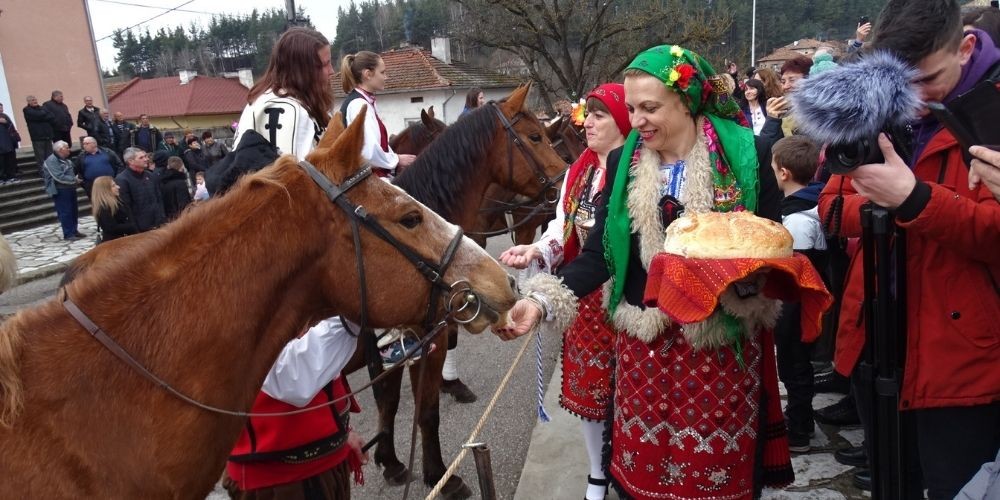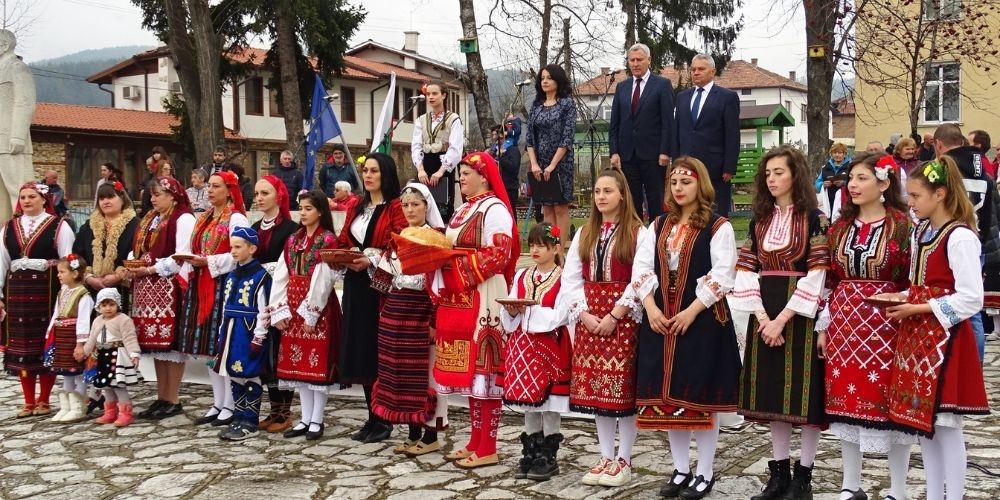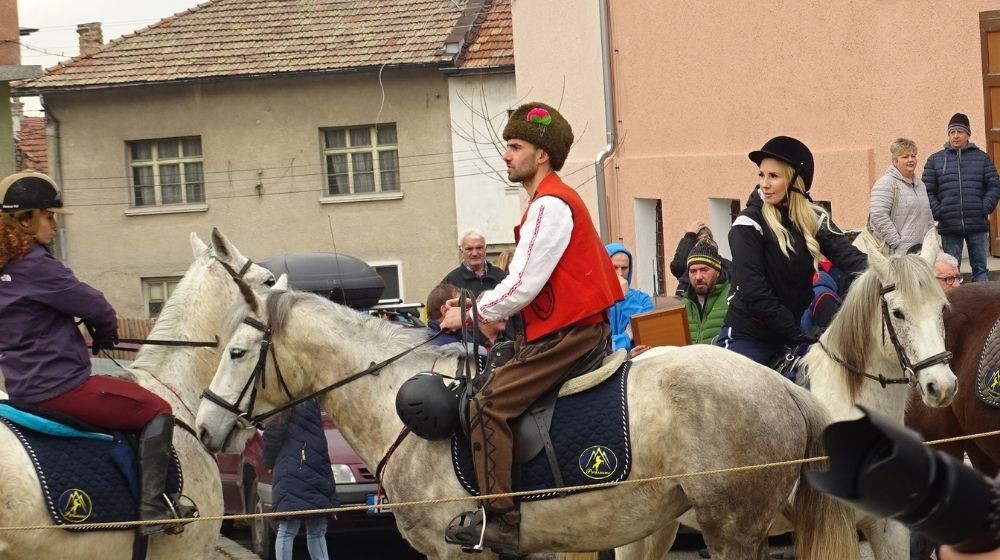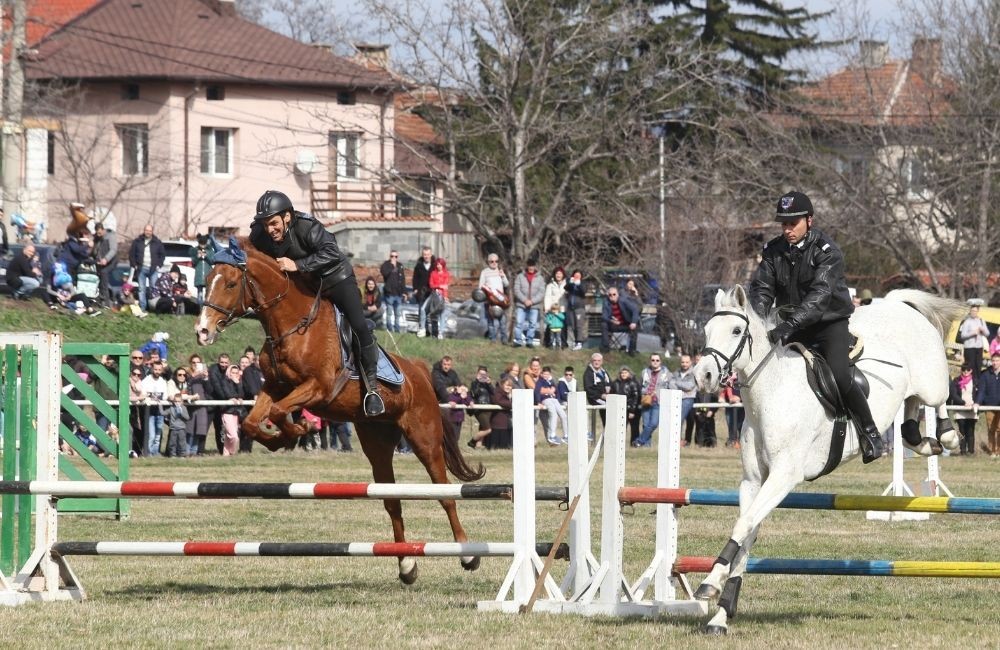Todorovden is always marked on the first Saturday of the Great Lent. The holiday is on the border between winter and spring and people have dedicated it to horses.
It is believed that the rituals on this day ensure good health for the horses. The ritual bread for St. Theodore’s Day often comes in the form of a horseshoe or a horse. Garlic, walnuts and corn are placed on in.

In folk beliefs St. Theodore rides a white horse and is the patron saint of horses, but he is also among the forces that roam during the week before Todorovden.
Todorovden has been celebrated in Bulgarian lands since the Middle Ages.
Early in the morning on St. Theodore’s Day, women distribute the ritual bread to relatives and neighbors. They also put some of it in the hay for the horses. In some regions, people used to run in the streets, imitating horse racing. This was done for good health and for fertility of horses and young brides.

One of the most enduring folklore traditions, which has survived to this day, is organising horse races on St. Theodore's Day. In the past, the participants were mostly bachelors. Demonstrating their skills, they showed to the parents of the young girls that they were fit for marriage. Early in the morning, before the sun rose, the boys took the horses to water, fed them with bread and salt, cleaned them and decorated them with beads, ribbons, flowers and strings of red peppers.

Even today, in some areas, young horse riders pass through the village and people give them bread and wine. There is also a tradition to go around the churchyard, the cemetery or the village square three times before the race starts. On this day, the winner not only receives some material reward, but also the respect of the community, as he has shown great physical qualities.

In many villages meal offerings are prepared in honor of the patron saint of horses. This is also the Day of horse breeding and equestrian sports.
People named Todor, Todorka, Todorina, Teodor, Todora also celebrate.

Author: Albena Bezovska
English: Alexander Markov
Photos: BGNES
On Christmas morning the glad tidings have spread that the Son of God was born, making it a special day celebrated with a lot of festive rituals. After Christmas Eve, when families get together for a festive meal, comes Christmas. On 25 December the..
Christmas Eve, once called Budnik, Little Christmas or Neyadka, was considered part of a dark, frightening period, charged with the potential to influence the entire upcoming year. For this reason, the night before Christmas was associated with..
It's Ignazhden! On St Ignatius' Day, 20 December, we honour the memory of St Ignatius the Theophorus. In the Bulgarian calendar St Ignatius' Day (Ignazhden) is not only a religious but also a folklore holiday. According to national tradition, it is..

+359 2 9336 661
